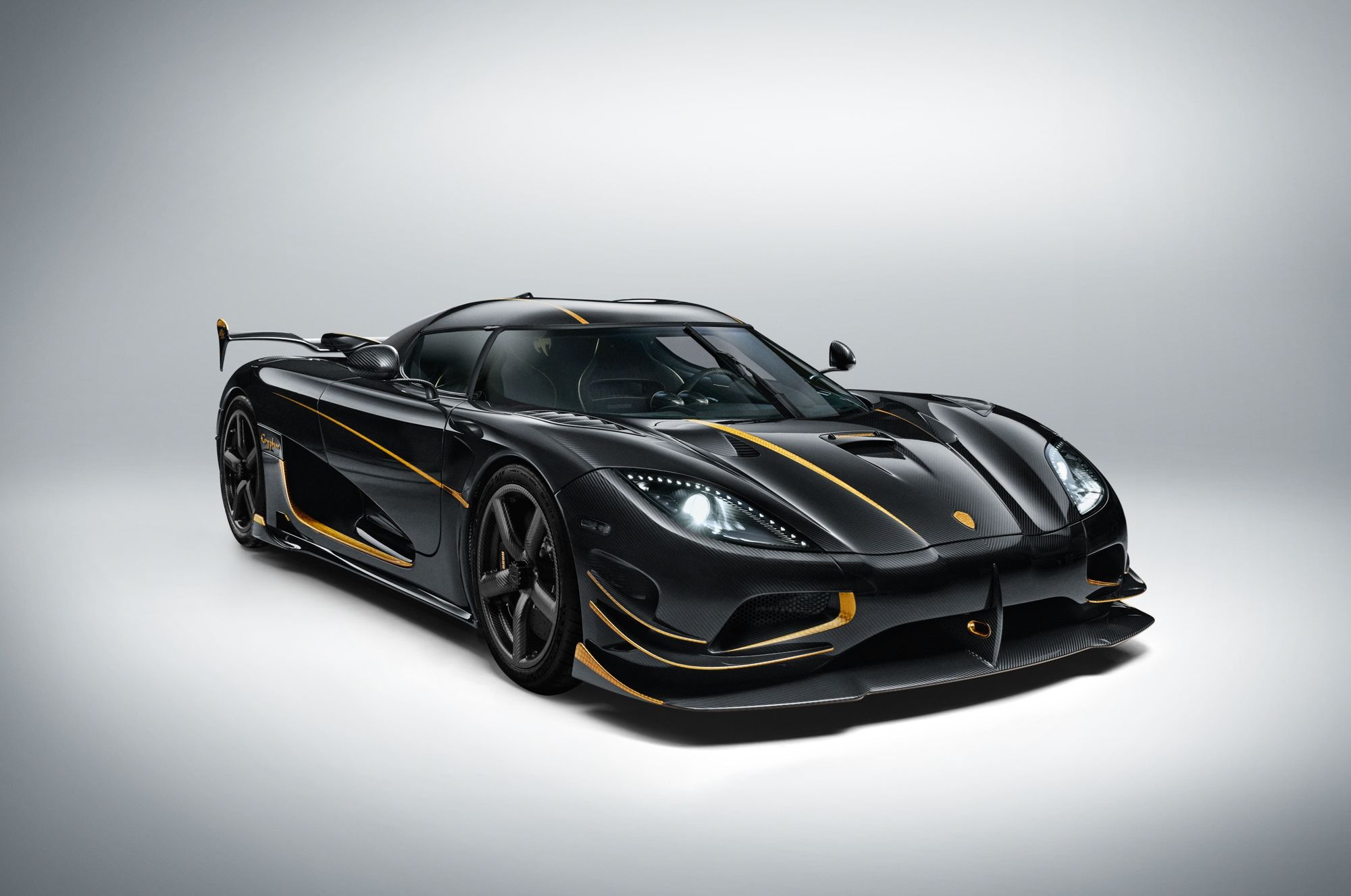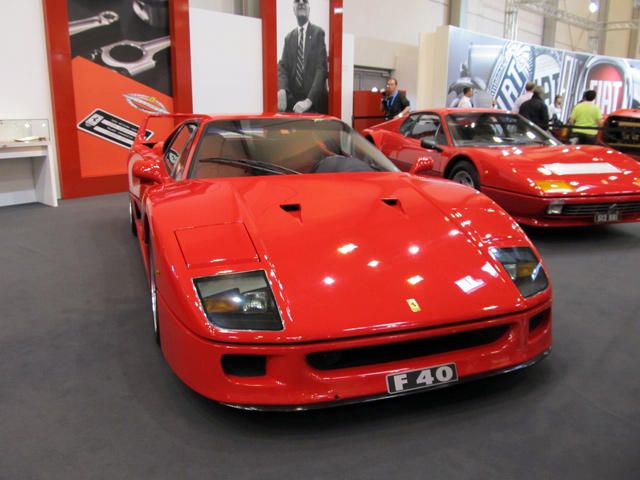
There are a few Ferraris which are perhaps more famous than the F40. Joe public is more likely to have heard of the Testarossa, or perhaps even the Enzo, but it is the F40 that Ferrari's true believers genuflect before. Ferrari's current models are exquisite, and technological marvels, but the F40 was the last time that the company produced something so far out ahead of the pack, and it was also the last car to be commissioned by old man Enzo before his death.
The F40 served several purposes, it was a tour-de-force with which Enzo Ferrari could end his long involvement with the world of automobiles and it was a car to celebrate the 40th anniversary of the Ferrari marque. Perhaps most important, it was the culmination of an increasingly intense rivalry with Porsche. The specific car they were competing with was Porsche's own technological powerhouse, the 959. Ferrari had expected that this competition would take place primarily in the form of racing, specifically the Group B Series, and had built a car with which to compete.
This car was the 288 GTO, a racing version of the 308 GTB, which was famously homologated but never actually got the chance to race. Since Porsche and Ferrari were the only manufacturers who had actually signed on to compete in Group B, the whole series was folded, and the 288 GTO became a road-only car. Ferrari realized that if they were going to be taking on Porsche in the showrooms, then what amounted to a special edition of the 308 wasn't going to cut it, no matter how special the edition. Without a doubt, the strong point of the 288 GTO was its engine, a slightly smaller but twin-turbocharged evolution of the 308's V8.
That engine had been enough to make the 288 GTO the fastest production car in the world from 1984 until 1986, when it was unseated by the 959. Ferrari decided to use this engine for the F40, but not before making a few changes, since they were no longer bound by Group B rules. Displacement was bumped up to 2936cc, and the boost was turned up on the turbochargers. This took power from 400 to 471 horsepower. The body for the F40 was an entirely new design by Pininfarina, with aerodynamics being the primary concern, although the designer, Leonardo Fioravanti did manage to make it look good as well.
But more important than the looks, the F40's body was built using advanced materials, such as Kevlar, carbon fiber and aluminum. A rather minimalist cabin contributed to the low weight, and in the end the car weighed in at just 2,400lbs. This, along with the powerful engine made for an incredibly fast car, the first production car to break the 200mph barrier, maxing out at 202mph. This took the fastest production car title back from Porsche, but it was the last time Ferrari would hold it. The F40 was hugely expensive, carrying an MSRP of about $400,000.
The real price of the car was usually much higher, due to a huge demand created by limited production numbers and the fact that it was so damn cool. Many people ended up paying more than a million dollars for their chance to own one of the 1,315 examples built by Ferrari. This production number is very low, to be fair, but it is still almost a thousand more than the number of 959s built by Porsche, so those in the Ferrari camp at least had an easier time getting their hands on one. The F40 was certainly the fastest car you buy in 1987, but then Lamborghini brought out the Diablo in 1991 and Jaguar the XJ220 in 1992 and it was clear that the F40 had had it.
Ferrari threw in the towel on the F40 in 1992, attempting to replace it with the F50 in 1995. For this car, Ferrari once again tried shifting the focus to motorsports, but like the 288 GTO, it never really took off in this arena. Ferrari returned to a more street-focused car with the F60, more commonly known as the Enzo, in 2002. This was quite an impressive car, but it was no F40. The F40 was a milestone in automotive technology. It was proof of what could be done if it was decided ahead of time that cost would be no object. Very few of these sorts of completely uncompromising machines have ever been built.
In fact, even Lamborghini shied away from the cost of producing a Countach using the kinds of materials found in the F40, and not many are likely to be built in the future. But the spirit of the F40 lives on in cars like the McLaren F1 and the Bugatti Veyron, cars which are built because they need to be the absolute best. It's no wonder that the F40 is now the legend that it is.

